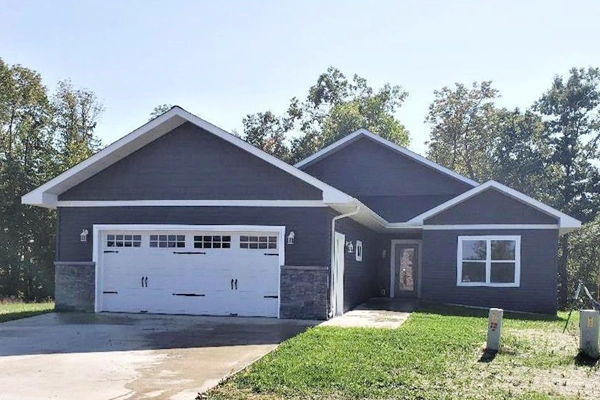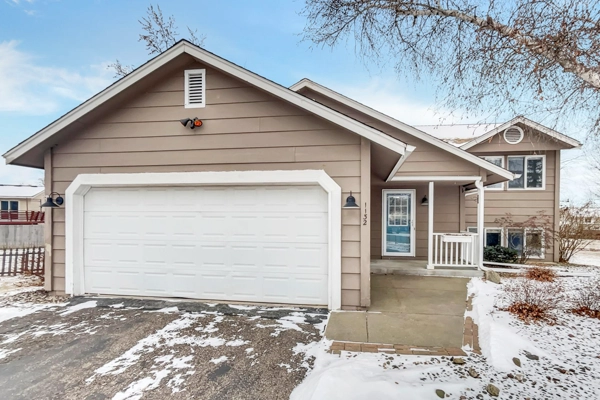Let’s Explore Your Selling Options. I’ll help you sell your home at the price and terms you want. Free Selling Strategy Call
Have you ever wondered why some homes sell quickly while others seem to sit forever, even in the same neighborhood? Often, it comes down to simple mistakes that can turn potential buyers off.
What if you could spot and fix these issues before they cause any problems? Here’s a checklist to help you identify why your home isn’t selling (and make sure you avoid them):
1. Not keeping your home in good shape. Minor problems, such as leaky faucets or chipped paint, can make buyers think there might be bigger, hidden issues. A home that looks well-cared for makes buyers feel good about it.
2. Making your home too personal. Very bright paint colors or unusual designs can turn buyers away because they can’t imagine living there. Using plain colors and simple decorations helps buyers picture their own things in the home.
3. Changing your home without permits. Doing big changes without official permission can cause significant problems when you try to sell. It’s always best to hire trained workers and get all the right papers to protect your money and give buyers peace of mind.
4. Taking out bedrooms or bathrooms. Getting rid of a bedroom or turning a full bathroom into one with just a shower can make your home worth less, especially for families. Try to keep all your bedrooms and full bathrooms, especially if it’s the only one on that floor.
5. Buying cheap heating and cooling systems. Spending less on important things like furnaces or air conditioners might save money now, but buyers know these will cost them later. Spending money on good, energy-saving systems is a smart move and a big selling point.
6. Making your home too fancy for the neighborhood. If your home is much more expensive than others nearby because of big upgrades, it might be hard to get your money back. Buyers in your area usually have a set price in mind, so check what other homes have sold for to avoid overspending on improvements.
7. Ignoring your home’s outside look. The outside of your home is the first thing buyers see. A messy yard or a dull front door can make them less likely to look inside. Make sure your yard is neat and your entrance looks nice to make a great first impression.
8. Bad DIY projects. Many people try big home projects they see on TV, but poorly done work can actually lower your home’s value. Be honest about what you can do yourself; for big jobs, it’s better to hire a pro.
9. Not updating old energy systems. Older homes often waste energy because of old insulation or windows, leading to higher bills for buyers. Think about updating these parts of your home, especially if it’s old, and tell buyers about these improvements.
10. Treating your home like a rental. If you haven’t taken good care of your home, it will show. Buyers expect a home that feels loved, not one that looks worn out. Keep your home clean, well-maintained, and updated with fresh paint and clean floors to get the best price.
Don’t let simple mistakes stop your home sale. By fixing these common issues, you’ll grab buyers’ attention and make your home the one they want. Now that you know what to avoid, it’s time to create a strong and clear sales plan.
Let’s make your next move a big win. If you have questions or want personalized advice, call or text me at (612) 961-9448 or email Mark@MarkCallenderHomes.com. I’m here to help.
-
Let’s Explore Your Selling Options. I’ll help you sell your home at the price and terms you want. Free Selling Strategy Call
-
What’s Your Twin Cities Home Worth? . Get a monthly wealth snapshot of your home, understand when to refinance, see the wealth power of extra principal payment, get smart about wealth from short-term rentals, and more with Homebot. Free Home Value Estimation
-
Looking for a Twin Cities Home?. Search the entire MLS for your Twin Cities home. Search the MLS
-
Real Estate News. Top 10 Real Estate Agents in Minnesota for 2024. Read More
-
Free Real Estate Newsletter. Get our latest Q&A, insights, and market updates to make smarter decisions. Subscribe Now







